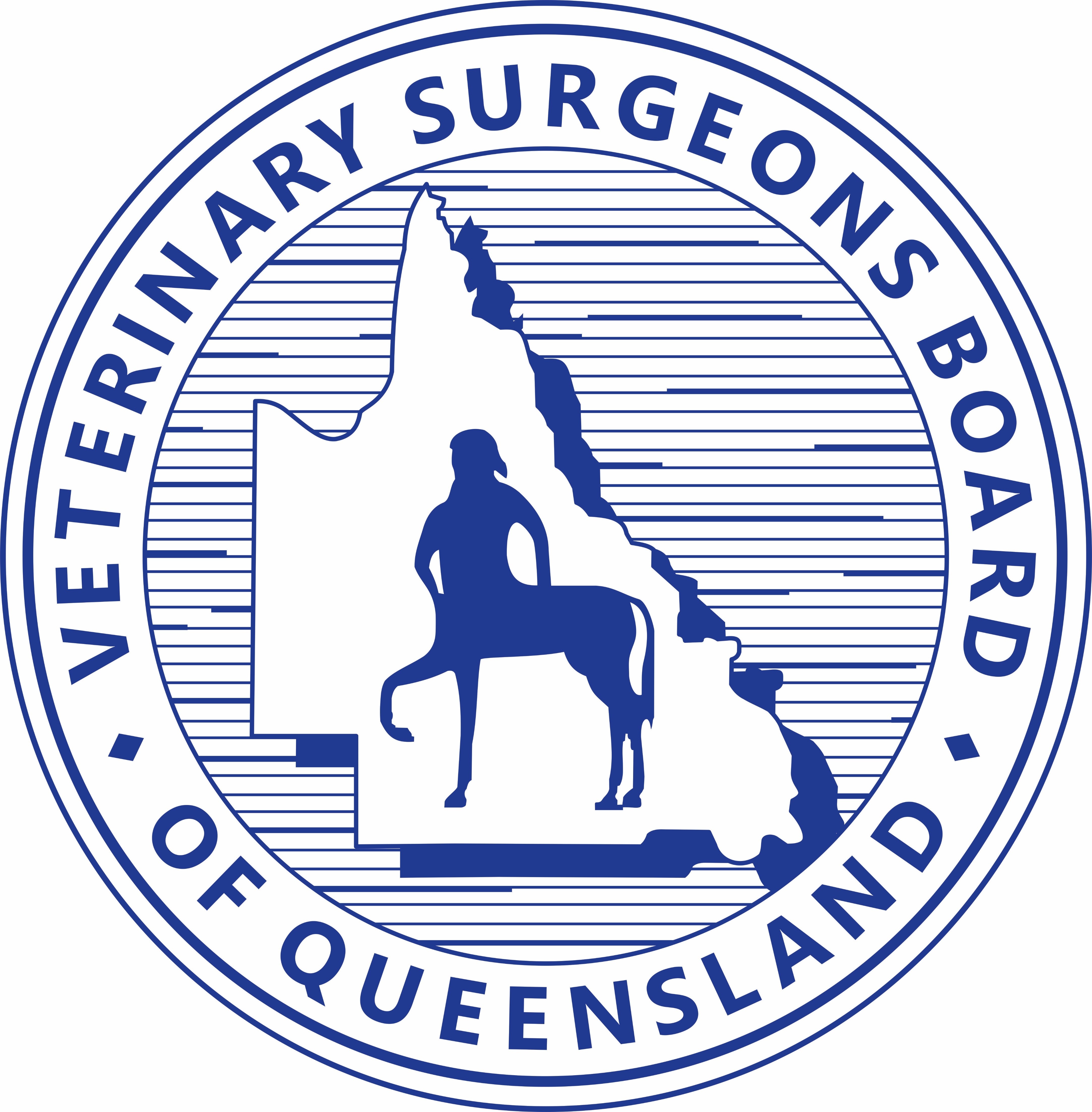A veterinarian must provide continuity of care for animal(s) under their care.
A veterinarian can ensure continuity of care through the following:
- providing detailed discharge advice for home care when an animal is discharged
- ensuring availability for direct or indirect re-examination of the animal(s) during practice hours
- providing information to clients about the after-hours availability for the practice, along with instructions for contacting the practice
- ensuring clients are aware of the arrangements for the observation and veterinary care of hospitalised patients during after-hours. In the event that an after-hours service is not available at the primary care practice, the veterinarian should ensure continuity of care by offering referral to another practice, including providing options and contact details and offering to provide medical records and case summary information to that practice if appropriate
- arranging referral of the patient to another veterinarian if required or requested by the client.
Background
This policy statement has 2 key elements:
- under the care of the veterinarian
- continuity of care.
1. Under the care of the veterinarian
A patient is described as being under the care of a veterinarian when:
- the veterinarian has directly examined the animal(s) as part of the provision of veterinary care; or
- the veterinarian has indirectly examined the animal(s) as per the Veterinary Surgeons Board of Queensland veterinary telemedicine guidelines.
Note that an animal is not considered to be under the care of a veterinarian when the veterinarian provides general advice in an emergency or triage situation intending to aid the owner or agent responsible for the animal at that time, to make an informed decision about what to do to in the presence of an emergency.
When a veterinarian makes a decision to take the animal(s) under their care, the veterinarian has a veterinary duty of care to the animal(s). This veterinary duty of care continues to apply until the satisfactory resolution of the presenting problem is achieved or the animal(s) comes under the care of another veterinarian.
2. Continuity of care
Continuity of care describes how a patient’s health care is connected or continued over time and continues to apply until the satisfactory resolution of the presenting problem is achieved.
Where a single veterinarian cares for their patients over time, continuity of care is established by the relationship between the veterinarian and client/patient and supported by patient records.
Community expectations and practice models including multi-veterinarian practices, 24/7 service and referrals to specialist services, have changed the implementation of continuity of care. It now includes a broader description of the way that veterinary services are managed and delivered to form a coordinated and uninterrupted succession of events consistent with the veterinary care needs of patients.
Continuity of care is dependent upon good communication, patient record keeping and relevant and timely sharing of patient records.
Scope
This policy applies to veterinarians registered to practice in Queensland or recognised (deemed to be registered under the National Recognition of Veterinary Registration scheme) to practice in Queensland, who are performing acts of veterinary science.
Key relevant documents
- Veterinary Surgeons Act 1936
- Veterinary Surgeons Regulation 2016
- Guidelines – Veterinary Patient Records
Last updated: 22 Jun 2023
